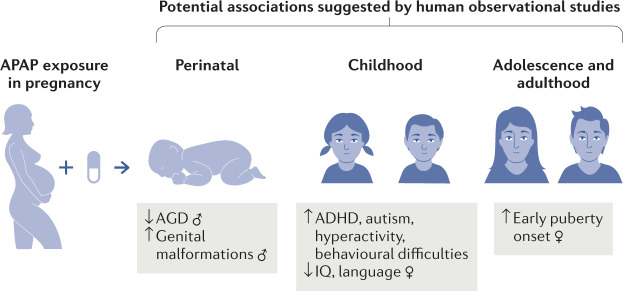Fig. 1. Associations between prenatal APAP exposure, reproductive and neurobehavioural development suggested from observational human studies.
Human observational studies suggest prenatal N-acetyl-p-aminophenol (APAP) exposure might be associated with both reproductive and neurobehavioural abnormalities in both sexes. APAP exposure during pregnancy might increase risk of male urogenital and reproductive tract abnormalities, as studies have found an elevated risk of undescended testicles (cryptorchidism) and reduced distance between the anus and the base of the penis, a measure known as the anogenital distance (AGD). Both reduced AGD and cryptorchidism are indicators of disturbed masculinization and risk factors for reproductive disorders in later life. Prenatal APAP exposure has also been associated with earlier female pubertal development. Additionally, epidemiological studies consistently suggest prenatal APAP exposure might increase the risk of adverse neurodevelopmental and behavioural outcomes, such as attention deficit hyperactivity disorder (ADHD), autism spectrum disorder, language delay (in girls) and decreased intelligence quotient. Collectively, the studies suggest that the timing and duration of maternal APAP use are critical factors.

